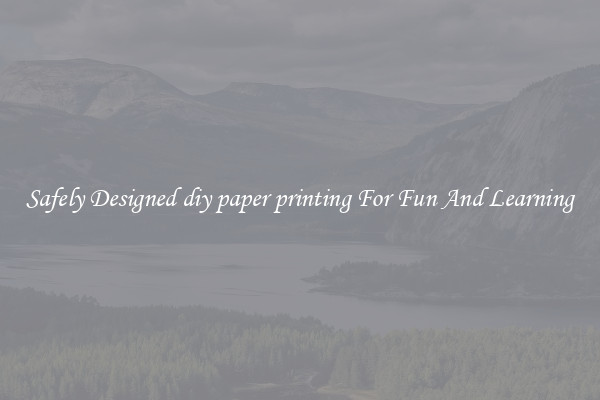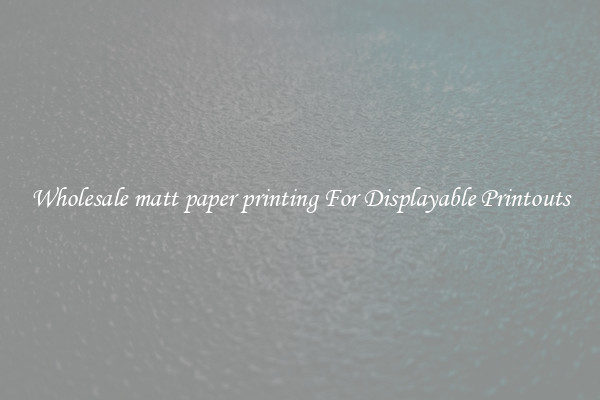Safely Designed diy paper printing For Fun And Learning
Safely Designed DIY Paper Printing for Fun and Learning

Paper printing is an excellent activity for both fun and learning. It allows children and adults to explore their creativity while also enhancing their motor skills and cognitive development. When done safely, DIY paper printing can provide hours of enjoyment and educational benefits. Here are some tips for a safely designed experience.
1. Choose safe materials: When printing at home, make sure to use child-safe, non-toxic materials. Opt for water-based paints, non-toxic markers, and adhesives that are labeled safe for use with children. This will ensure that you and your family are not exposed to any harmful substances while enjoying the activity.
2. Adequate supervision: It is important to supervise young children while they engage in DIY paper printing. This will ensure they use the materials safely and avoid any accidents. Encourage them to stay seated at a table, away from sharp objects, and explain the importance of handling the materials carefully.
3. Age-appropriate activities: Tailor the DIY paper printing activities to the age and skill level of the participants. Younger children may benefit from simpler designs and larger tools, while older children can explore more intricate patterns and techniques. This will ensure that the activity remains enjoyable and engaging while also maintaining safety.
4. Use protective clothing: Depending on the type of printing technique used, it may be beneficial to wear protective clothing. For instance, when using paints or messy materials, wearing aprons or old clothes can help protect against stains. Additionally, consider protecting surfaces with plastic or drop cloth to prevent any accidental spills or stains.
5. Proper tool handling: Teach children how to use scissors, glue sticks, or any other tools safely. Demonstrate the correct way to hold and manipulate the tools to avoid any injuries. Additionally, store sharp objects out of reach when not in use to prevent accidents.
6. Ventilation: When using certain types of paints or adhesives, ensure proper ventilation in the workspace. Open windows or use fans to allow fresh air to circulate and reduce exposure to potentially harmful fumes.
7. Clean up properly: After finishing the DIY paper printing activity, encourage everyone to clean up the workspace. Dispose of any waste materials properly and wash hands thoroughly to remove any residue from the materials used.
By following these safety guidelines, DIY paper printing can be a fun and educational experience for everyone involved. Not only will this activity provide a source of enjoyment, but it will also enhance creativity, motor skills, and cognitive development. So gather your materials, get creative, and enjoy the benefits of DIY paper printing in a safe and responsible manner.

View details

View details

View details

View details








